Driving is an essential part of our daily lives, providing convenience and freedom. However, despite taking all necessary precautions, unexpected roadside emergencies can still occur. Whether it’s a flat tire, engine failure, or an accident, knowing how to handle these situations safely is crucial for both your well-being and the safety of other road users. In this article, we will discuss the top 10 safety tips for drivers during roadside emergencies to help you navigate these challenging situations with confidence and caution.
Stay Calm and Stay Visible

In the event of a roadside emergency, the first and most important step is to remain calm. Panicking can cloud your judgment and lead to further complications. Move your vehicle to a safe location, ideally on the shoulder of the road, and turn on your hazard lights to alert other drivers of your presence. If it’s dark or visibility is low, use your flashlight or road flares to make your vehicle even more visible.
Call for Help
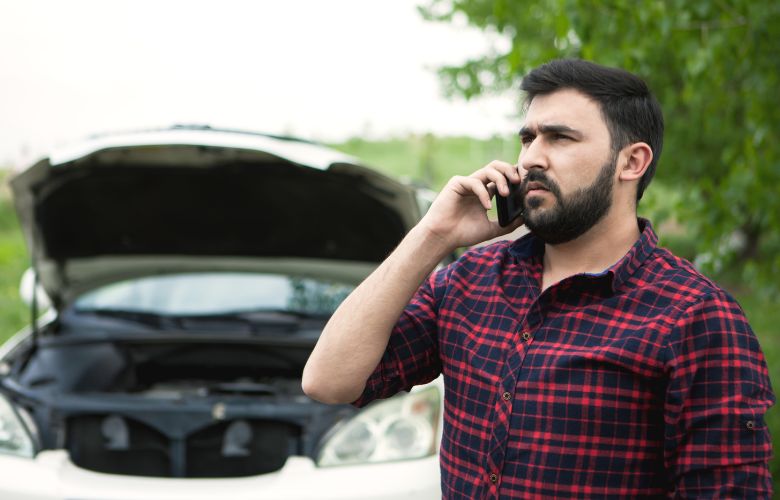
After ensuring your safety, promptly call for assistance. Contacting a reliable towing service, roadside assistance provider, or emergency services is essential. If you have a roadside assistance plan, keep their contact information in your car or programmed into your phone for easy access.
Stay Inside Your Vehicle

While waiting for help to arrive, it is safest to stay inside your vehicle, especially if you are on a busy highway or in a dangerous area. Remaining inside provides protection from passing vehicles and reduces the risk of being struck by debris. Lock your doors and keep your seatbelt fastened until help arrives.
Set Up Warning Devices
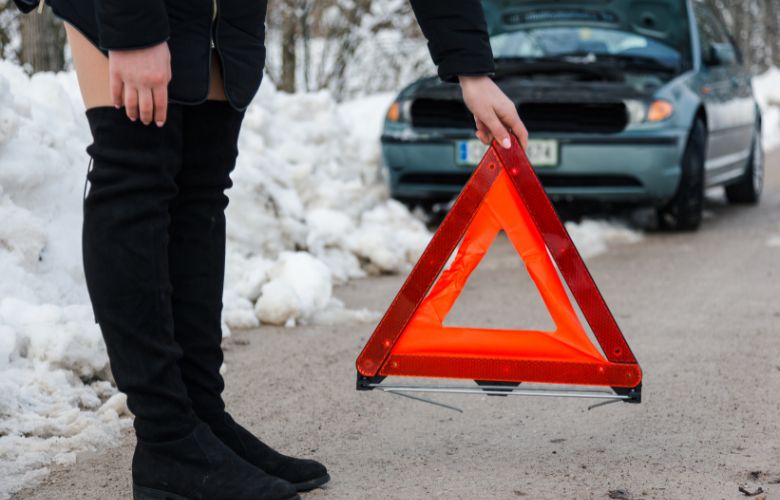
To further enhance your visibility and safety, set up warning devices such as reflective triangles or road flares behind your vehicle. Place them a safe distance away from your car, typically at least 100 to 200 feet, to give approaching drivers ample time to slow down and change lanes if necessary.
Use the Right Lane
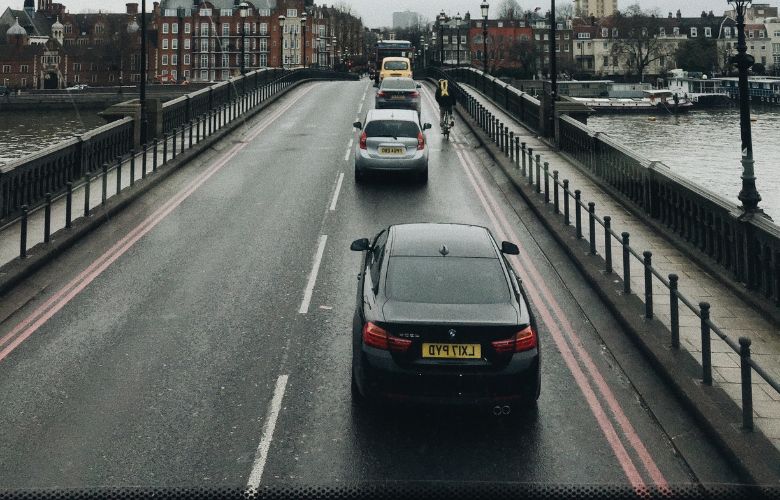
If your vehicle has come to a halt on a multi-lane highway, it is generally safer to use the right shoulder rather than the left one. The right lane provides more space between your vehicle and the traffic moving at higher speeds, reducing the risk of collisions.
Communicate with Other Drivers

While inside your vehicle, use your hazard lights to communicate with other drivers. If you need to exit your car, use hand signals to indicate your intentions. This helps to maintain awareness and prevents miscommunication with passing motorists.
Do Not Accept Unsolicited Help
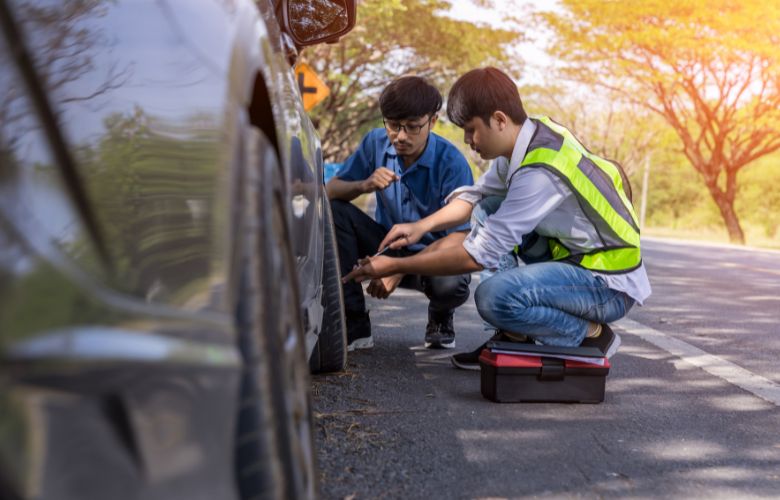
While waiting for professional assistance, exercise caution if strangers offer help. Politely decline their assistance and wait for the authorized personnel you contacted earlier. Accepting help from unknown individuals may lead to unsafe situations or potential scams.
Be Prepared with an Emergency Kit
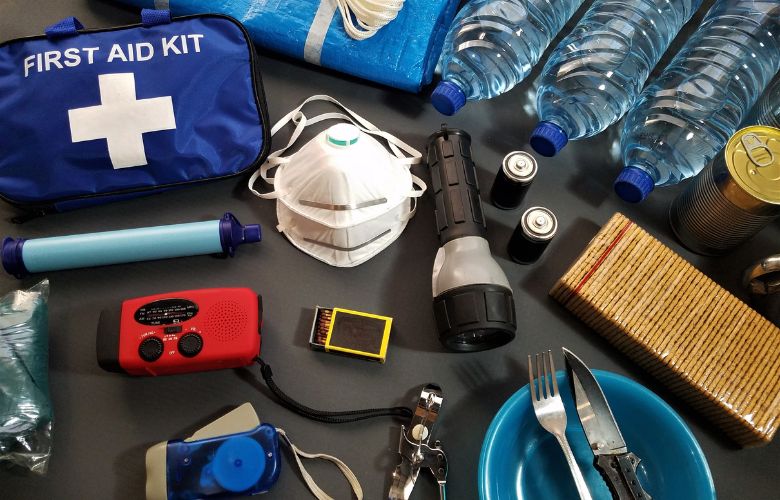
To be better prepared for roadside emergencies, always keep an emergency kit in your vehicle. Your kit should include essential items such as a first-aid kit, flashlight with extra batteries, water, non-perishable snacks, a basic toolset, and a fully charged mobile phone or power bank.
Stay Away from Moving Traffic
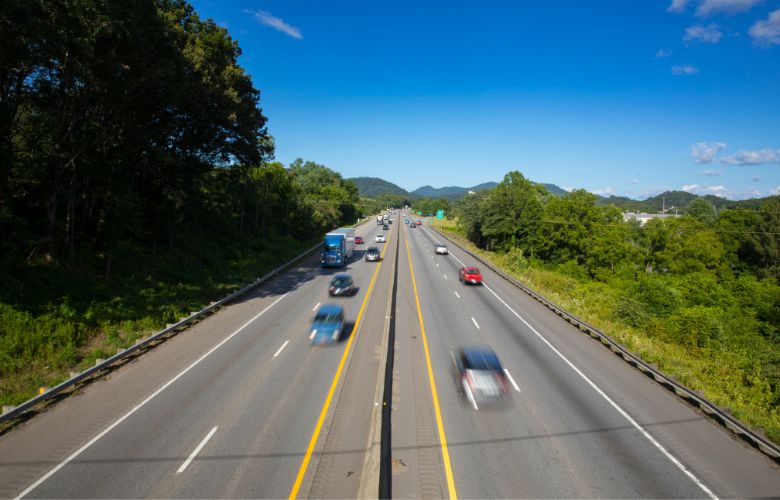
If you need to exit your vehicle, do so from the side that is farthest away from moving traffic. Move away from the roadway and stay on the opposite side of any barriers or guardrails to maintain a safe distance from oncoming vehicles.
Communicate with Emergency Responders
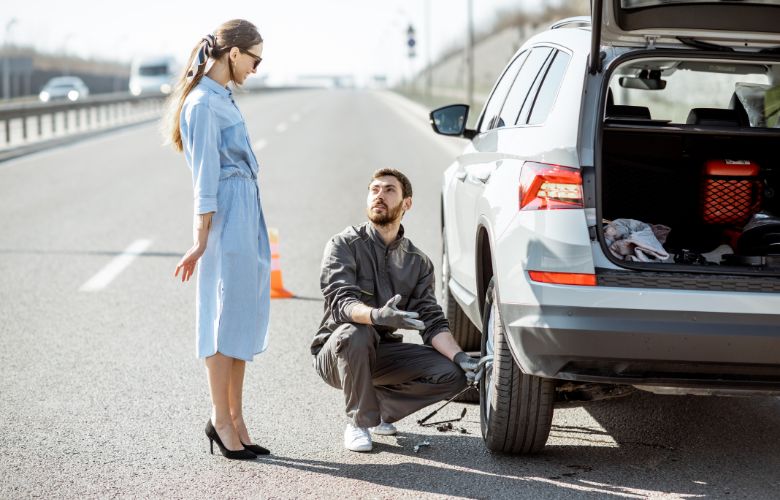
When professional help arrives, be cooperative and communicate all relevant information about your situation. Provide details about your location, the nature of the emergency, and any injuries sustained. Following their instructions will help expedite the resolution of the situation.


